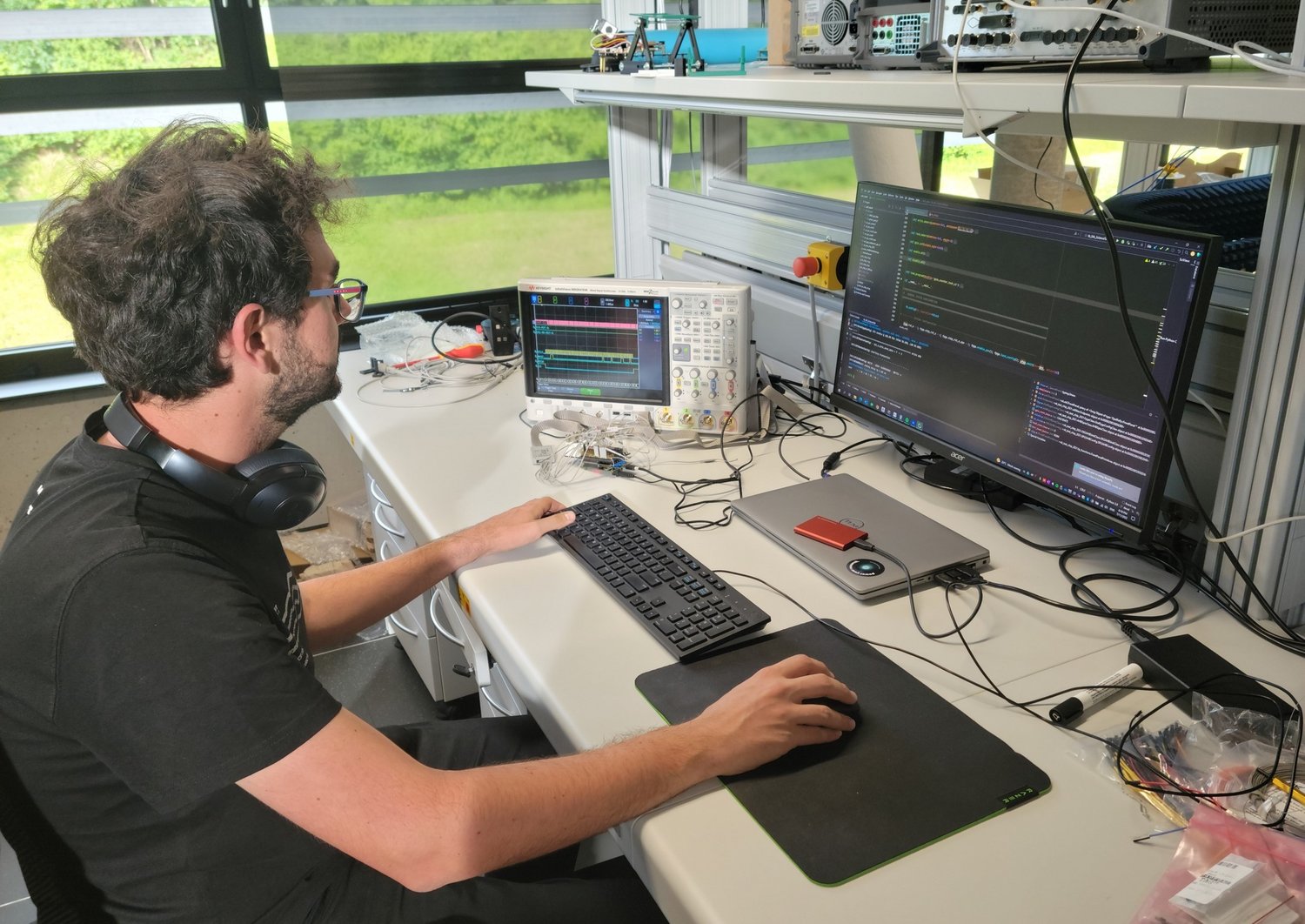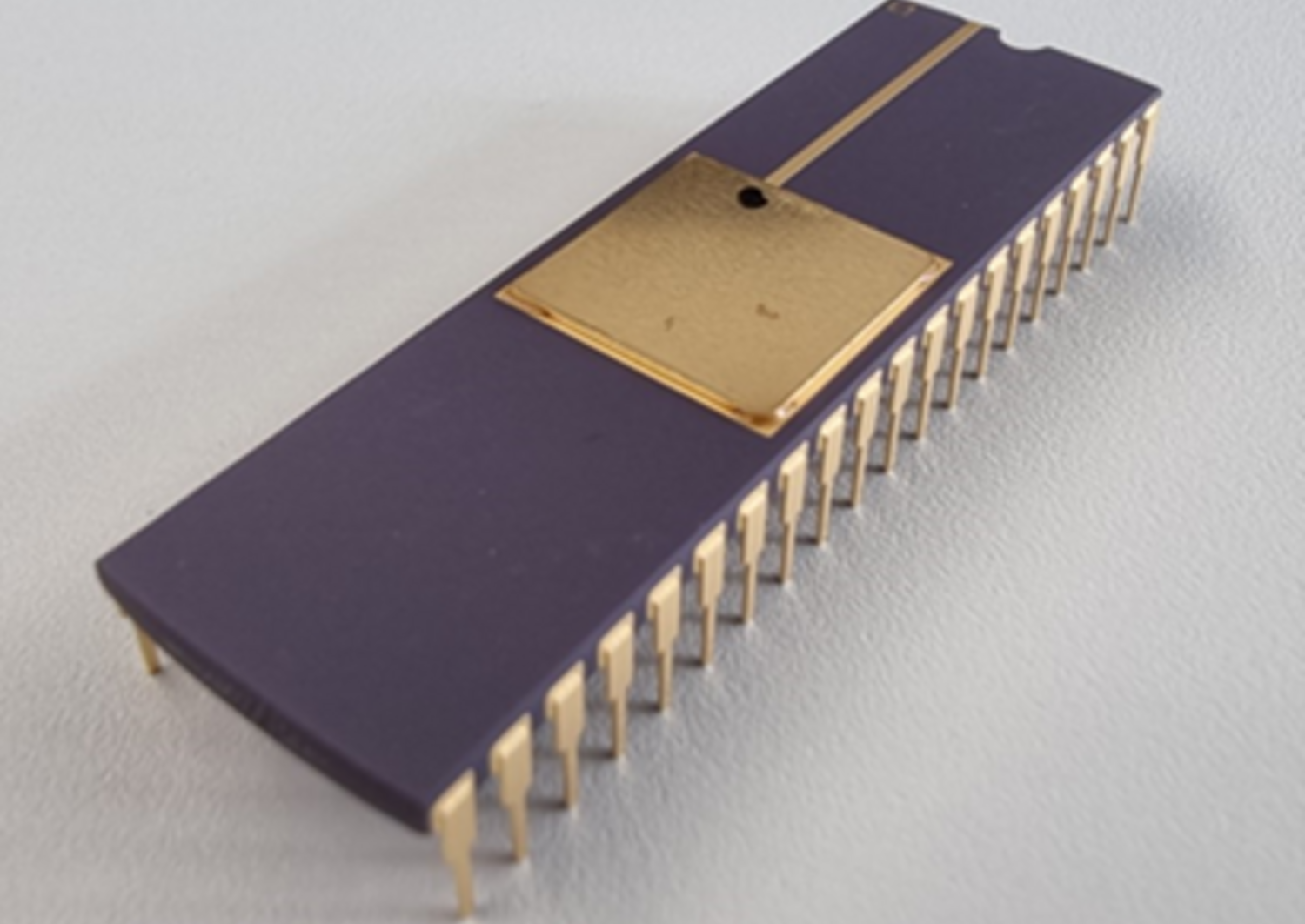Project start, goals and results
The Digineuron project was launched in 2021 with the goal of producing an integrated circuit (chip) capable of implementing AI solutions in a miniature size with very low energy consumption. A system of this kind is usually called a System-on-Chip or SoC for short, because it is a complex system that requires many parts.
Digineuron V1, the first generation SoC that our team produced, was designed with a minimum set of parts and has already been successfully tested in a lab. Compared to the efficiency of already existing solutions of this kind, Digineuron V1 performed very well: The system was at least two times more efficient than the established, mass-produced NVIDIA Jetson Nano system.
“Our system works with neuronal networks. That means that the neural network blocks included in the chip mimic the operation of the human brain. Neurons are arranged by layers and only communicate with neurons in their immediate vicinity to minimize energy consumption”, explains Pedro Julian, Head of Research Unit Embedded AI at SAL.
Successful application of Digineuron
„We are happy that the neural network blocks implemented in the chip were already successfully demonstrated in the cooperative FFG funded project Firesat (Artificial Intelligence on Earth Observation Satellites), that SAL worked on together with Ororatech GmbH and Joanneum Research. In this project, an image captured by a satellite was analyzed by an AI system to detect fire on the surface of the earth”, shares Pedro Julian.
In a second project phase, the second generation of the chip, Digineuron V2, was designed and sent out for fabrication in November 2022. The greatest advantage of Digineuron V2 is that it is entirely based on open source parts. Thus, any small company can use it and even redesign it for specific applications.








